Explora los resultados de búsqueda web relacionados con este dominio.
With more displays likely incoming across the globe, it’s important to understand that using a camera is a great way of observing the phenomenon.
With more displays likely incoming across the globe, it’s important to understand that using a camera is a great way of observing the phenomenon. That’s because aurora can be faint and/or affected by light pollution. Taking a long-exposure photo—even if only for a few seconds—is a great way of seeing reds and greens in the sky even when your eyes cannot. Here’s how to photograph the northern lights with both a smartphone and a DSLR/mirrorless camera.Use a basic smartphone holder and a small tripod to prevent any camera shake, keeping your images sharp.If you have a DSLR or mirrorless camera, you can manipulate the ISO, aperture and shutter speed to capture the aurora with more control and quality.Use a tripod to prevent camera shake and bost detail.
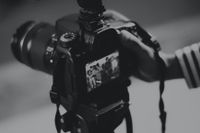
The leading authority in photography and camera gear. Become a better photographer. ... Being a successful photographer isn't just about taking pretty pictures. In this guide, we look at the essential skills you need to stand out from the crowd.
We’ll delve into the key photography skills every aspiring photographer needs to master, including essential photographer skills such as understanding exposure and mastering focus, as well as specific photography skills that help in building strong client relationships and promoting their services. But it doesn’t end there! To stay ahead of the curve, photographers must also be well-versed in the latest camera equipment, editing software, and photographic techniques.As a photographer, your technical skills are the foundation upon which you build your craft. These include proficiency in camera operation, understanding of exposure, and mastery of camera focus.Sharp, well-composed images are the hallmark of a skilled photographer. To achieve this, you must master the art of focus. Whether you’re capturing a stationary subject or tracking a moving object, the ability to focus accurately and quickly is essential. Experiment with different camera focus modes and techniques, such as single-point autofocus and focus lock, to ensure your subjects are always in sharp focus.Detail photographers, who specialize in capturing intricate aspects of a subject, also rely on these skills to produce stunning images. Practice guiding your subjects and giving them clear, easy-to-follow instructions to help them feel at ease in front of the camera.
I got myself to a place where I could see low down to the western horizon, where the sun had just set. Here's how you can see and photograph comet Tsuchinshan-ATLAS.
Using a DSLR camera with a 105mm lens, I used these settings: ISO 800, an aperture of f4 and a shutter speed of two seconds. The image just about shows the tail, though I couldn't see much of it through binoculars. Not two minutes later, the comet was hidden behind clouds and, in any case, sinking quickly into the horizon as the skies darkened. A two-second exposure for a DSLR means the comet should be relatively easy to photograph with a smartphone.15 — that are predicted to be the best nights to see and photograph this icy space rock on its once-in every-800-centuries trip to the inner solar system. Check my feed each day this week and next for a daily “comet tracker” with essential sky charts and tips for viewing and photographing the comet.Comet C/2023 A3 Tsuchinshan–ATLAS photographed from Cardiff in Wales, United Kingdom, on Oct. 12, ... [+] 2024.I saw and photographed comet Tsuchinshan-ATLAS (C/2023 A3) last night.
Helpful Tips and Tricks for Digital Photography from the experts. Want to learn more about Digital Photography? Your journey starts here!
Trey Ratcliff describes himself as a slightly evolved monkey that happens to carry a camera. He’s become unintentionally popular from his photography blog … More about Trey ↬ · Weekly tips on front-end & UX.
A **camera does not work like an eye**; film does not work like memory. There is a fine line between a photo that is quite nice and one that is quite breathtaking. At some unknown point, a photo can cross the Rubicon and be forever a piece of beautiful art. That hinterland between a regular photo and evocative art is a shifting area from person to person and taste to taste.50 Free Resources That Will Improve Your Photography Skills ... I’ve always thought about photography differently. I grew up seeing out of only one eye, thanks to several botched surgeries in the 1970s using refurbished archaeological tools of the Australopithecus medicine men. When you see out of one eye your whole life and then start using a camera in your mid-30s, something happens to you!Fourth of July on Lake Austin: the first HDR photograph to hang in the Smithsonian. Now, let’s fast forward to today. You’re older, your brain is more or less fully formed, and you happen upon a barn in a field. But it’s not just any barn: it’s the barn you’ve been wanting to see your entire life. And in the distance, a storm is brewing as a gentle sun sets. It’s beautiful; you lock it into memory. The way you lock it into memory is nothing like the way a camera records the image on film (or a CCD).Beautiful photography does not have to be of a landscape, but it commonly is, and this is what many people envision when they want to make their own beautiful photos. So, we should talk about wide-angle lenses here for a moment. If you are used to using a toy camera, then you have never really seen the world through a good 10 to 24mm lens.

Going manual might initially seem daunting. But it’s the best way to improve your photography skills. Practice teaches you how to use the exposure triangle to capture stunning images in any lighting situation. Check out this in-depth guide for more tips on mastering Android camera settings.
Our complete guide to smartphone photography teaches you everything you need to know to get the most out of your camera phone. It's hard to overstate how much our phones have revolutionized photography.If you want to improve the quality of your smartphone photography, these tips are a great place to start. Your iPhone has many exciting camera settings to help you take amazing photos. Turn on the gridlines in your camera settings to help you master composition using the rule of thirds.With these iPhone Portrait mode tips, you’ll take professional portraits quickly. Smartphones have advanced greatly and can now take amazing fashion photos. If you want to get into fashion photography but don’t want to invest in expensive camera gear, your smartphone is a great option.Fashion photography with a smartphone takes practice, but applying these tips can create impressive work. Check out our in-depth article to learn more about smartphone fashion photography. Food photography with your phone is easier than ever. Use natural light from a window or shoot outside in the shade for the best results. Avoid artificial lighting, which can create unwanted color casts and make your food look flat. Composition is key—turn on the grid overlay on your phone’s camera to help you place the main elements of your dish along the lines or at the intersecting points.
Whether you’re trying to improve your basic photography skills or you’re a seasoned veteran looking to fine-tune your abilities, these tips can help you get started right now: Practice regularly and improve through work. Simply grab your camera, go out there, and start shooting.
Photography skills refer to a range of techniques, traits, and abilities that allow individuals to capture irresistible images. These skills involve much more than pointing a camera and pressing the shutter button.Technical proficiency is one of the foundational elements of a photographer's skill set. It involves comprehensive knowledge of the mechanics of a camera. Photographers know the ins and outs of concepts like aperture, shutter speed, white balance, and ISO.Flexibility, organization, time management, and customer service are just some of the many invaluable soft skills for a photographer. The U.S. Bureau of Labor Statistics found that the demand for photographers is going to increase by 9% by 2031. Still, with the rise in popularity of smartphone cameras, the market is flooded with individuals from all aspects of life trying to show their work.Hardware skills represent the technical aspect of photography. They involve using and maintaining the equipment necessary for taking high-quality images. Photographers need strong hardware skills to effectively operate complex cameras, lenses, and various accessories.

There are a lot of free resources available online with information about how to improve your photography skills and use your camera more effectively. Start reviewing these sites regularly, as they can offer tips about how to use different camera settings and how to create more appealing ...
There are a lot of free resources available online with information about how to improve your photography skills and use your camera more effectively. Start reviewing these sites regularly, as they can offer tips about how to use different camera settings and how to create more appealing compositions.Photography skills include the creative skills you need to capture unique photographs but also the technical skills necessary to operate camera equipment and edit photos after you've taken them.Because of the increased demand for professional-quality photography.With this skill, photographers learn to think creatively but deliberately about what will look good in the frame of the camera and why. They consider the lighting, patterns, shape, color, balance and formatting.Because photographers today primarily rely on digital cameras, they generally do their own editing using visual editing software. Someone with strong photography skills needs to be comfortable using software to modify and enhance their photos when they're done.


Photographers are professionals who use camera equipment and editing software to capture and edit photos. They use a variety of hard skills and soft skills to work with clients and deliver high-quality pictures. If you have an interest in pursuing a photography career, learning the skills that you might use can be beneficial for you. In this article, we discuss numerous photographer skills and provide a list of tips ...
Photographers are professionals who use camera equipment and editing software to capture and edit photos. They use a variety of hard skills and soft skills to work with clients and deliver high-quality pictures. If you have an interest in pursuing a photography career, learning the skills that you might use can be beneficial for you. In this article, we discuss numerous photographer skills and provide a list of tips that you can use to develop them.Photographer skills are the different techniques and abilities that you can use to create high-quality pictures, including artistic vision and technical knowledge of camera equipment and the art of photography. You also need soft skills to communicate with clients, effectively network with other professionals and market and promote your talent or business.List your photography skills in a designated skills section so the employer can readily see them. Also, a summary highlighting your most important or prominent skills is an effective way to attract an employer's attention and let them know that you are a strong candidate for the job. Lastly, consider include a section that exhibits your experience with various camera equipment and photographic software.Be sure to attach a portfolio to your resume that includes examples of your photography work.Highly skilled photographers learn to maintain a solid balance between the artistic and technical sides of working behind the camera.

Apple's latest iPhones include several headline camera features that are worth using, such as Portrait Mode and Photographic Styles. But if all...
Scroll down and tap Camera. In the "Composition" section, toggle on the switch next to Grid. Here are five things to keep in mind when using the grid to apple the rule of thirds. Identify the Key Elements: First, identify the main subjects or elements in the scene you want to photograph.Whether you are the owner of a new iPhone or a longtime user looking to up your photography game, here are six camera tools and settings in iOS that are worth checking out and experimenting with.If you're taking a picture of something from above like a plate of food or an ornament on the ground, consider using the camera level, as it helps you capture a balanced shot without having to use a tripod arm or mount.The camera level tool used to be part of the Grid overlay, but Apple separated out the function in iOS 17, and it now has its own switch: Open the Settings app on your iPhone, select Camera, then toggle on the switch next to Level.
Whether you’re a beginner, or know a thing or two, these expert photography tips will help you to improve your skills · When you purchase through links on our site, we may earn an affiliate commission. Here’s how it works. ... If you’ve just got your first camera or in need of refreshing ...
Whether you’re a beginner, or know a thing or two, these expert photography tips will help you to improve your skills · When you purchase through links on our site, we may earn an affiliate commission. Here’s how it works. ... If you’ve just got your first camera or in need of refreshing your skills, look no further as we’ve compiled the ultimate list of photography tips for beginners.• Studio portrait lighting: essential tips and setups explained • Headshot photography tips: shoot the perfect head-and-shoulders portrait • Couple photography: poses for portraits of pairs of people • Fine art nude photography: tips and techniques • Boudoir photography tips: lighting, posing and camera skills • Fill-in flash: tips and tricks for using a flashgun in daylight • Perfect the strobist look with off-camera flash photography • Bounce flash: tips to achieve natural lighting with a flashgun • Gobo lighting: tips for dramatic portraits and film noir photography • BaWe'll take you through fundamentals of photography, and set you on the path of getting great images with your camera kit. · After reading our top tips you’ll have the confidence to get, shooting and be well on your way to becoming a pro!There are many options from giving the camera full control to you being fully in charge. The Auto ‘Green means go’ mode is OK if you want to point and shoot to get going, however, if you only stick to this you will never improve your photography. · On the fully auto mode you are limited to shooting in the Jpeg format (see file format tip 6 for more information on this) and you can’t make any changes to the exposure of your image.
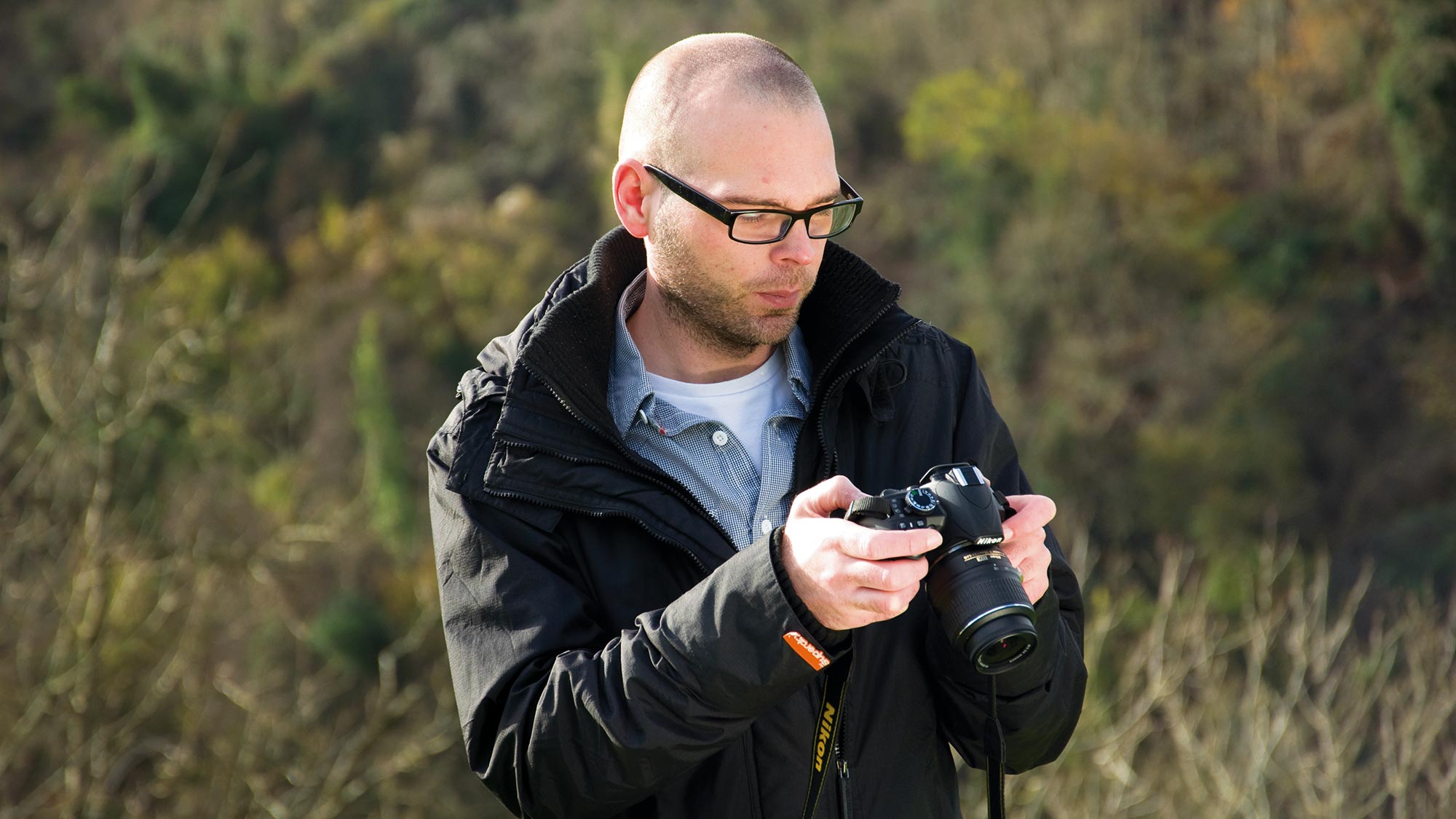
I took this photo on 4×5 large format film – a type of camera that requires selectivity, because each photo costs about $10 to take! Practice, practice, practice. It’s a tip that will get you ahead in any skill, not just photography.
In almost every way, today’s entry-level mirrorless cameras are better than the top-of-the-line film SLRs or even the DSLRs of ten years ago. Yet, somehow those film photographers managed to capture beautiful, iconic photos that still look great today. Much more important are your creative skills and knowledge of camera settings.Some of this is down to trying something new, as mentioned earlier – and also continuing to learn new skills. But it’s also about not taking photography too seriously, or getting caught up in camera equipment at the expense of photography itself.Whenever I think of a useful photography tip, I always write it down for later. Most of them are forgettable, but some are so helpful that I try to tell them to as many photographers as possible. This article contains 24 of the best. These bite-sized photography tips are easy to understand, covering everything from beginner camera technique to creativity and composition.There are countless cameras, lenses, and other accessories on the market today. We spend a lot of time reviewing them at Photography Life, and it’s true that some are better than others (or better suited for a given job). But once you’ve tested enough of them, the real takeaway is that pretty much everything today is excellent.
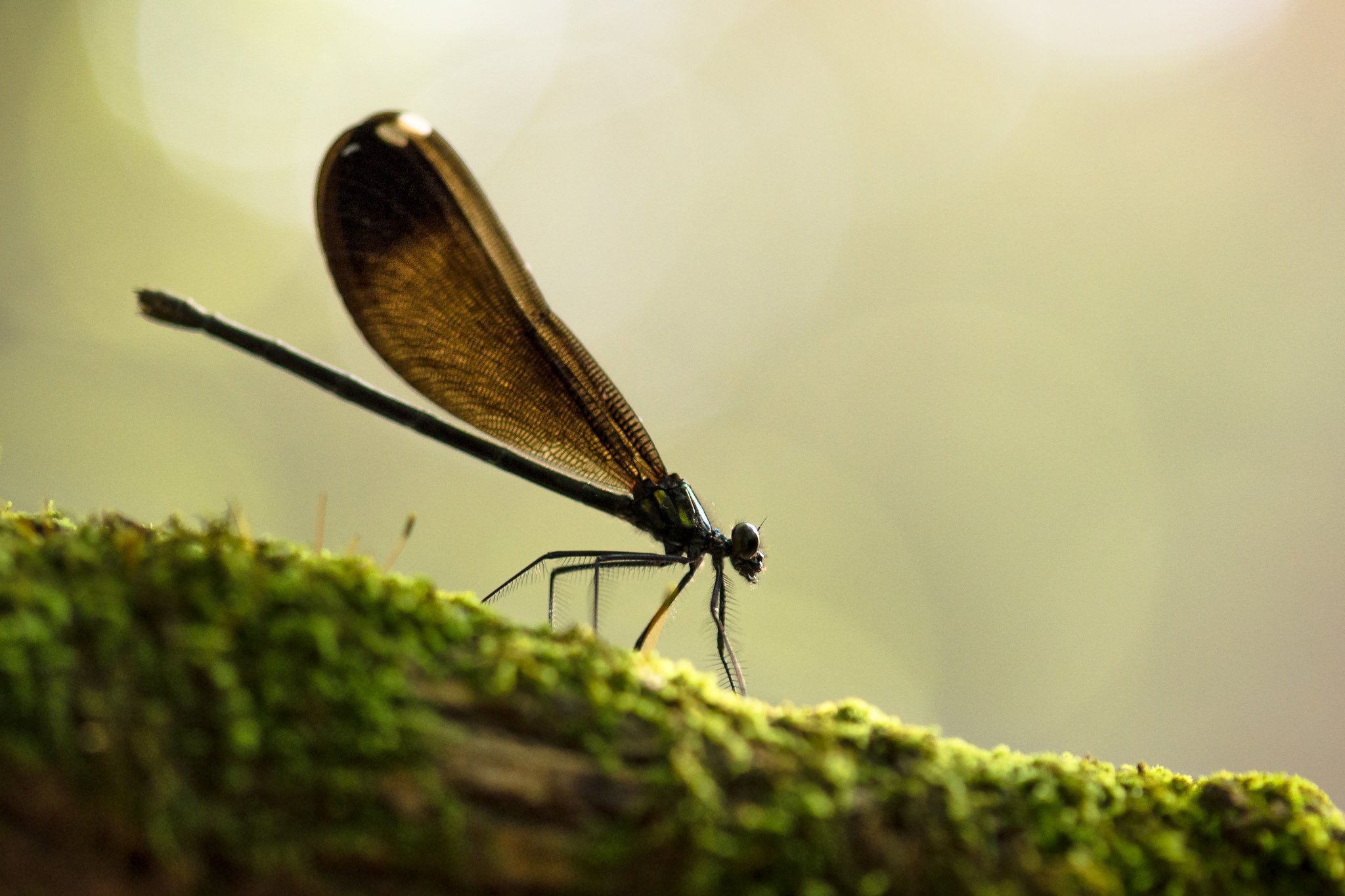
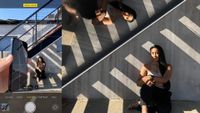
In this article, we’ll review tips, tricks, and hidden iPhone camera features for beginner and intermediate photographers. There is something on this list for every type of photographer, whether you only use your phone for quick and easy access or if you’re a content creator looking to ...
In this article, we’ll review tips, tricks, and hidden iPhone camera features for beginner and intermediate photographers. There is something on this list for every type of photographer, whether you only use your phone for quick and easy access or if you’re a content creator looking to spice up your images and videos.There are mobile phone photography apps that allow you to dial in manual camera settings such as Aperture, ISO, and shutter speed. Our favorite phone camera app is Pro Camera by Moment which we will be referencing a ton in this article. Similar to the last tip, once you hold and press down on an area a small AE/AF Lock graphic will pop up just above the area you chose.This wilI yield better results when it comes to capturing the action at the right time and you can select which images you want to keep and delete. This works great for jumping, dancing, or sports photography. The iPhone 11 introduced Apple’s second added camera lens: the wide-angle lens.There are several ways to create longer exposures using your iPhone camera, some are dependent on what model you have while others can be accomplished using an accessory made for all models. Tripod: Let’s start off with the most accessible method. You can use a tripod and a third-party app to create long exposures by manually setting your shutter speed to a slower setting and then using the tripod for stabilization. Our current favorite for mobile photography is the Peak Design Travel Tripod.
Learning to be sensitive to what ... in the moment seldom creates new technical skills. In order to master the camera, I give myself special assignments. Giving yourself an assignment helps you to learn about photography and your equipment....
Learning to be sensitive to what is out there with no preconceived idea is a wonderful way to discover new subject matter. But only looking for the shot that presents itself in the moment seldom creates new technical skills. In order to master the camera, I give myself special assignments. Giving yourself an assignment helps you to learn about photography and your equipment.Wedding and commercial photographer Kate Hopewell-Smith says: "Learning to direct and pose are key skills for any people photographer, but successful portraiture is down to teamwork. The photographer needs to give energy and enthusiasm – but so does the subject, or the results will not be as successful as they should be." Art photographer Cig Harvey says: "Bear in mind that your camera is a tool to help your creativity.Photography tips to supercharge your skills, improve your composition disposition, and push your picture takingThese photography tips will supercharge your skills and push your picture taking to the next level
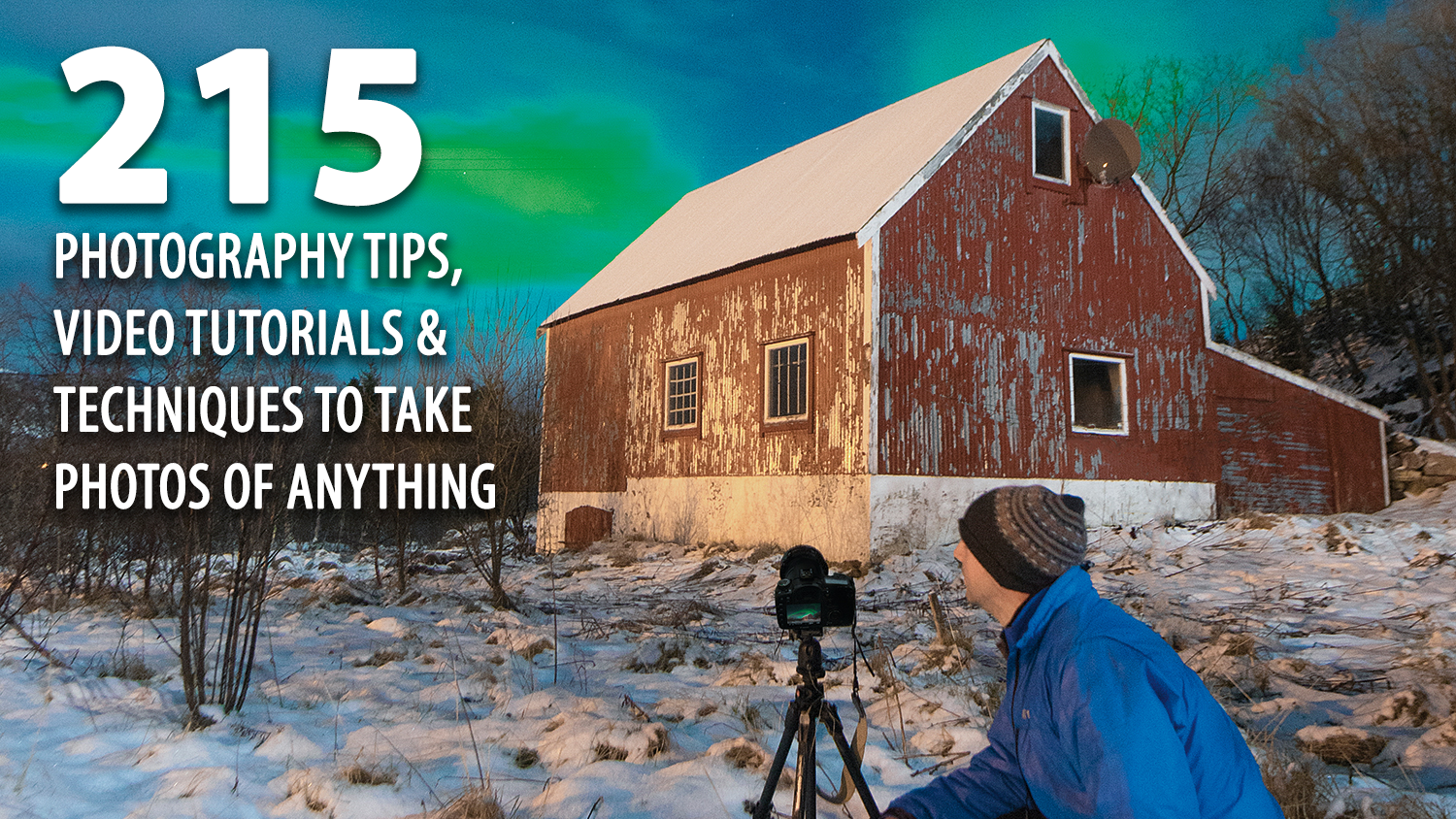

Whether you have a high-powered lens or a smartphone, an astrophysicist and photographer shares how you can capture this highly anticipated event.
Since there won't be much light, your camera will automatically take a long exposure shot, which means you'll need to keep your phone still. If you don't have a tripod, try placing it on top of a fence or against a wall. I'd also recommend including the landscape or the people around you to give a sense of place to the image. ... When the total eclipse starts, the comparatively dark disc of the Moon slowly passes over the Sun, transforming it into a crescent shape. Photographing this partial eclipse phase is relatively easy since it lasts for more than an hour.To photograph the partial eclipse, you will need a filter for the camera lens because the light will still be too strong. A popular and inexpensive solution is aluminised mylar, which is manufactured specifically for solar observation and can be cut with scissors to fit the front element of your lens.In the moment immediately before and after totality, you'll be able to photograph the so-called Baily's beads, or diamond-ring effect. These are the last bits of sunlight that pass between the mountains on the curved edge of the Moon, causing tiny bursts of light (notice them in the top of the disc in the image above). Put your camera on a tripod before the eclipse starts and use a remote shutter release cable to avoid shaking the camera when pressing the button.If you use a high-end reflex camera, use the mirror-up function to reduce shaking. ... Using a wide-angle lens will allow you to include the landscape or people during the moment of totality. The Sun will appear small in the frame, but the image can be even more memorable because, unlike with telephoto lenses, you will be able to include the landscape or even people during the moment of totality. The above photograph was taken at 1/8s f/2.8 and ISO 800 during the 2017 eclipse in North America.
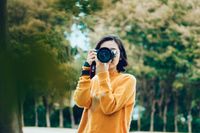
Feeling like your photography skills have plateaued? It happens to the best of us. One minute, you’re cruising along, picking up new techniques and elevating your sense of composition and light like a boss – and the next, you’ve hit a creative wall. But don’t worry!
Feeling like your photography skills have plateaued? It happens to the best of us. One minute, you're cruising along, pi.You can use this approach to master a variety of different camera features – such as in-camera focus-stacking, AF tracking, or your depth of field preview button – but I find it especially useful if you’re still working with your camera’s Auto mode. I don’t mean to sound negative, but automatic settings can seriously hinder your creativity and photographic skills.Improving a skill often involves getting out of your comfort zone, and that’s certainly true of photography. If you always photograph the same subject, you may find yourself using the same camera, compositional, and lighting techniques over and over again – but by forcing yourself to photograph subjects that intimidate you, you’ll develop new skills that you can then apply to your usual subjects.No matter your skill level, set aside your pride and be willing to learn from others. Join a local camera club. Take part in an online forum.
The camera level tool used to be part of the Grid overlay, but Apple separated out the function in iOS 17, and it now has its own switch: Open the Settings app on your iPhone, select Camera, then toggle on the switch next to Level.
Scroll down and tap Camera. In the "Composition" section, toggle on the switch next to Grid. Here are five things to keep in mind when using the grid to apple the rule of thirds. Identify the Key Elements: First, identify the main subjects or elements in the scene you want to photograph.Whether you are the owner of a new iPhone or a longtime user looking to up your photography game, here are six camera tools and settings in iOS that are worth checking out and experimenting with.If you're taking a picture of something from above like a plate of food or an ornament on the ground, consider using the camera level, as it helps you capture a balanced shot without having to use a tripod arm or mount.The camera level tool used to be part of the Grid overlay, but Apple separated out the function in iOS 17, and it now has its own switch: Open the Settings app on your iPhone, select Camera, then toggle on the switch next to Level.
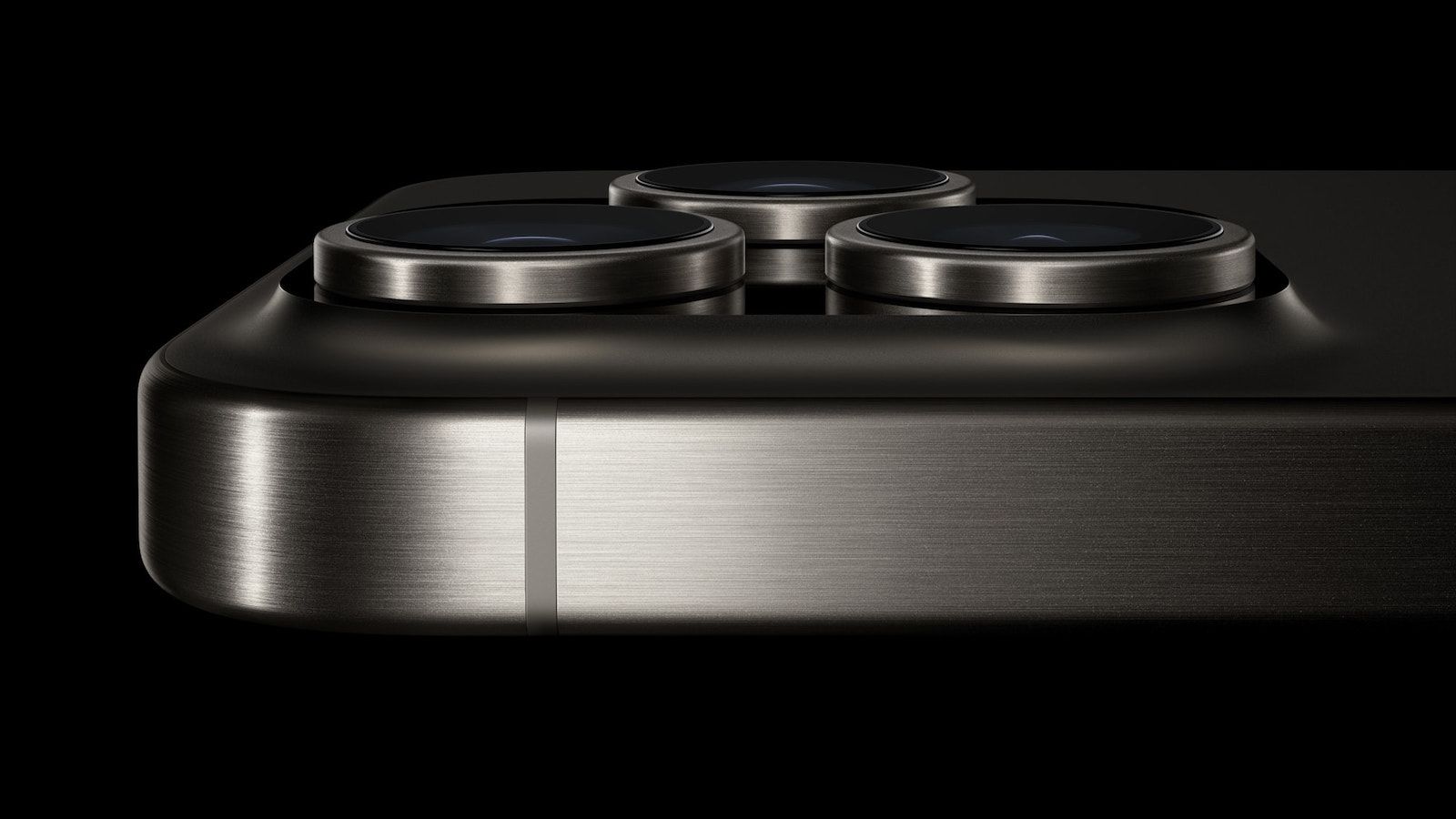
To easily learn how to do it, we recommend the Photography for Beginners Course by Photography Expert. ... If you can only buy one filter for your lens, make it a polarizer. The recommended type of polarizer is circular because these allow your camera to use TTL (through the lens) metering ...
If you want to take great photos that you’d be proud of, by using the rules of composition, check out the easy-to-follow Photography for Beginners Course by Photography Expert! Read our article on The Rule of Thirds to learn more. ... Camera shake or blur is something that can plague any photographer and here are some ways to avoid it.Also, for handheld shooting, make sure that you are using a shutter speed that is appropriate for your lens’ focal length. If your shutter speed is too slow, any unintentional movement of the camera will result in your entire photograph coming out blurry.Are you confused by any of the terminology? Do you want to easily control your camera and finally get rid of the confusion about focal length, aperture, shutter speed, and other settings? If so, check out our most recommended course: Photography for Beginners Course by Photography Expert.To easily learn how to do it, we recommend the Photography for Beginners Course by Photography Expert. ... If you can only buy one filter for your lens, make it a polarizer. The recommended type of polarizer is circular because these allow your camera to use TTL (through the lens) metering such as auto exposure.


Hard skills encompass technical and artistic mastery, and should make up about 25% of a successful photographer. As stated above, hard skills are relatively easy to teach and learn. Our numerous workshops cover the many aspects of the technical side. On the technical side, there is camera, ...
Hard skills encompass technical and artistic mastery, and should make up about 25% of a successful photographer. As stated above, hard skills are relatively easy to teach and learn. Our numerous workshops cover the many aspects of the technical side. On the technical side, there is camera, composition, and exposure control.The artistic side covers artistic camera, composition, and exposure control which is, again, discussed in all of the courses listed above. Technical and artistic are two very different hard skills needed to be a photographer. Think about some of the photographers that you know, or even yourself.Do you have these 4 important skills to become a successful photographer?When it comes to being a photographer, our overall mission is to create consistently incredible imagery. But to become a successful photographer in business, there are four key skills you must acquire. We’ll put these four skills into two primary categories: hard skills versus soft skills.
We cannot provide a description for this page right now









